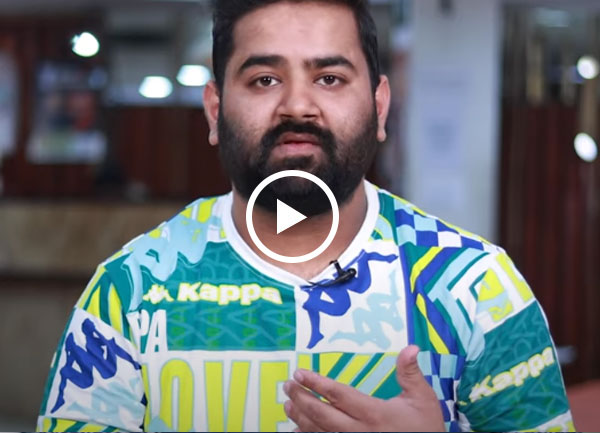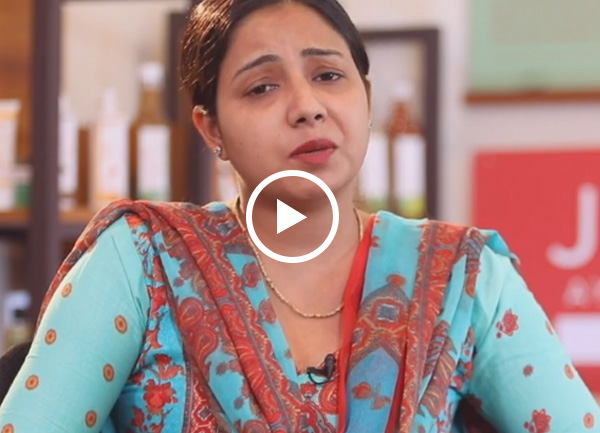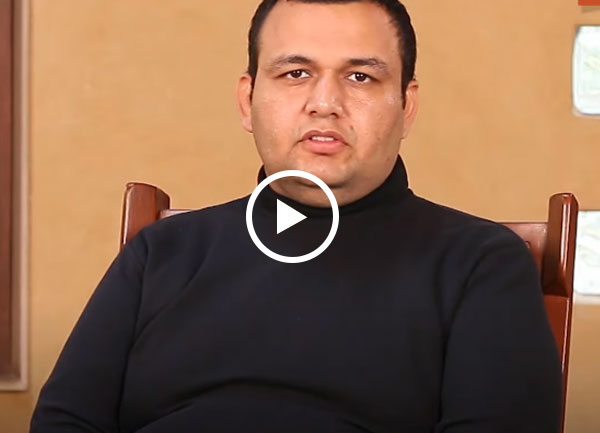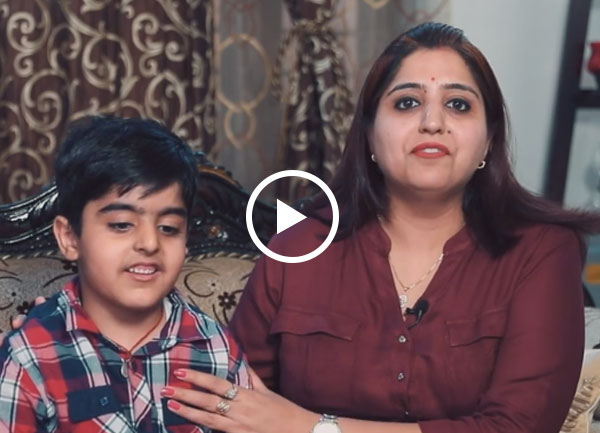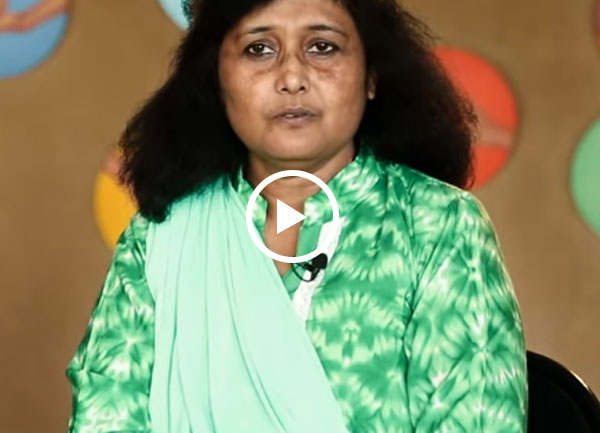Let’s delve a little deeper into the five steps:
Specific:
Teach your children to set clear goals that they can follow through. Instead of something vague like ‘I’m going to get good marks’, they should have an exact vision like ‘I’m going to score at least 80% in science’.
Measurable:
Break the goal into elements that can be measured in either quantity or quality. E.g. “I will do 10 algebra sums every day” is more measurable than “I will do many Math problems every day.” This makes the goal clearer and easier for the child to track and achieve.
Accurate:
Align the goals with the nature of the child. If your kid likes literature, don’t make him do only sums. Ask him to read a few books as well to keep up his levels of interest.
Realistic:
The goals set by your child should be realistic and in accordance with his/her ability. For example, if a student is struggling to pass in science, he cannot set a goal to score 90% in the finals. A more realistic goal would be to score 55%.
Time-Bound:
Ask your child to pick an actual date on the calendar for his/her specific goal. This makes the goal trackable and helps chart his/her progress.
As you can see, the SMART model is one sure shot way to foster a can-do attitude. It helps your child learn to set goals and meet them, one baby step at a time. It provides the clarity, focus and motivation your child needs to achieve his/her goals. Worried about failures? This approach also teaches your child to set the appropriate benchmarks, build resilience and cope with setbacks.





 Prev
Prev












